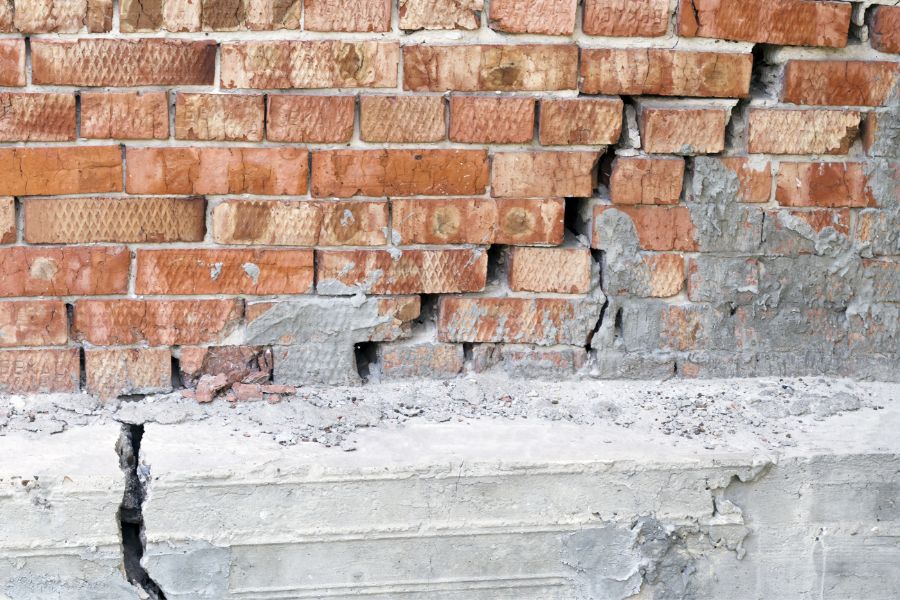Ignoring the signs of subsidence can lead to significant structural damage and even collapse of the affected building. Additionally, the cost of repairing subsidence damage can be significant, running into thousands of pounds. Furthermore, if you are planning to sell your home, subsidence can reduce the value of your property and make it challenging to find a buyer.
At Cheke & Co we are a Member Firm of the RICS, meaning all Surveyors are suitably qualified and equipped to provide reliable and comprehensive advice and adhere to a strict code of professional conduct. Our guide below provides insight into what to do if you suspect subsidence.
What is subsidence?
Subsidence is caused by the drying and shrinking of the ground beneath a property. The hot Summers we have experienced recently, together with longer dry periods, has mean that subsidence issues are affecting more properties. Trees and large shrubs close to a property can extract a significant amount of moisture from the ground which accelerates the drying of the soil. The ground often cannot support the weight of a building, which causes cracking to occur. Drainage problems can allow excessive water to drain away from a building and can make the ground less stable.
What are the signs of subsidence?
The signs of subsidence can be subtle at first, but they become more evident as the process continues. The following are signs to check for in warmer months and will often be less noticeable in colder months when the water content in the ground increases:
- Cracks in walls and ceilings – these may appear suddenly or gradually and may be visible both inside and outside the building. Vertical cracks that are wider at the top and continue below the damp proof course are often an indication of subsidence.
- Doors and windows that stick or do not close properly, and cracked glazing – this is due to the building’s structure shifting, causing misalignment.
- Uneven floors – floors may become sloped or uneven, making it difficult to place furniture.
- Uneven paths and patio’s and cracks and depressions in the garden – these can occur suddenly and are a sign of the ground being very dry.
How do I prevent subsidence?
Preventing subsidence is essential for ensuring the stability and safety of your home. The following are some measures you can take to prevent subsidence:
- Avoid planting trees too close to your property – trees require a lot of water, and their roots can cause subsidence by drawing water from the ground.
2. Fix any leaks or broken pipes promptly – water escaping from pipes can erode soil and cause subsidence.
3. Ensure adequate drainage – standing water can weaken the soil, leading to subsidence.
4. If you are buying a property, it is recommended to have a survey. It’s important to ensure its design is appropriate for the soil conditions. Many homes are being built on sites with a previous use which should influence the design of a properties foundations.
5. Maintain adequate buildings insurance cover and ensure you understand what’s covered under the policy and excess, which will vary depending on the soil type and perceived risk of subsidence in the area.
How can a surveyor help?
Preventing subsidence is crucial for maintaining the structural stability of your home. If you suspect subsidence, it is essential to contact a qualified surveyor who will provide expert advice and guidance and save you money in the long term.
At Cheke & Co. our qualified and experienced chartered surveyors are here to help across all areas of Essex. If you are worried that your home is showing signs of subsidence, then contact the team today by freephone on 01245 422 796 or by email via info@chekes.co.uk.
GET A FREE QUOTE
To receive a FREE quote, just complete our simple online form
